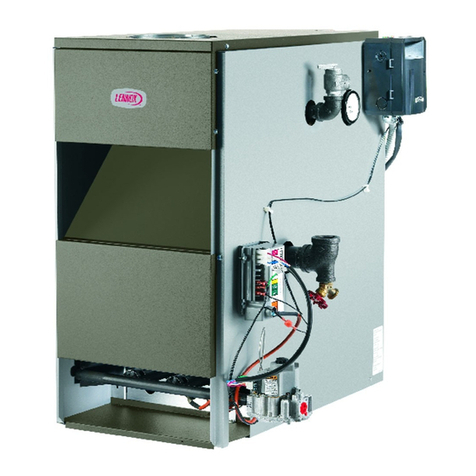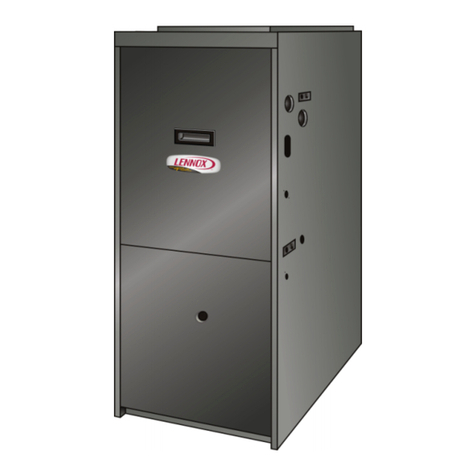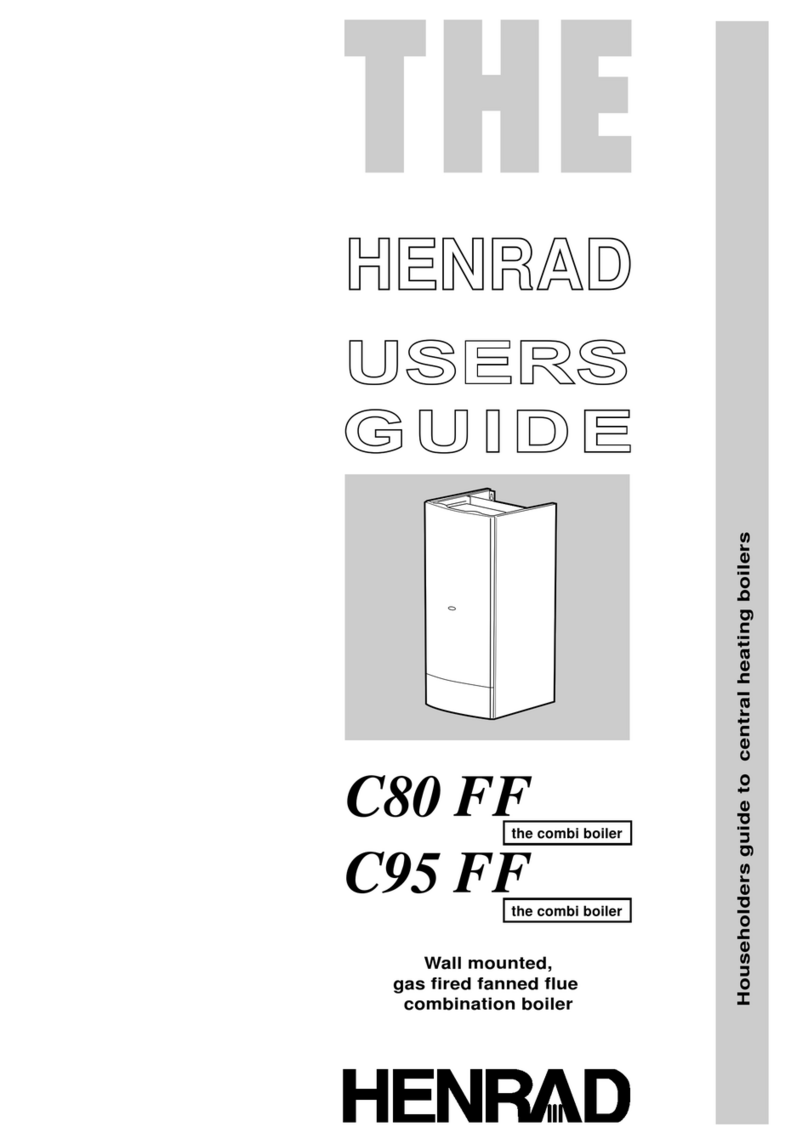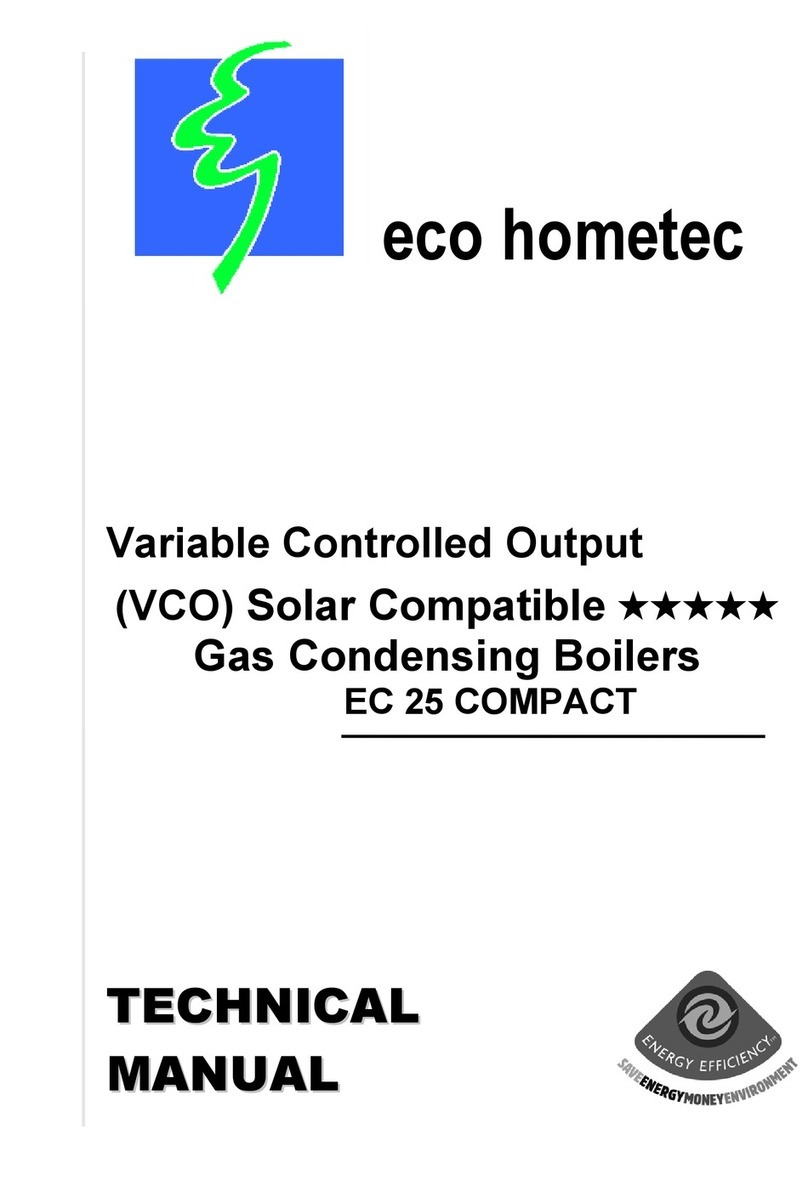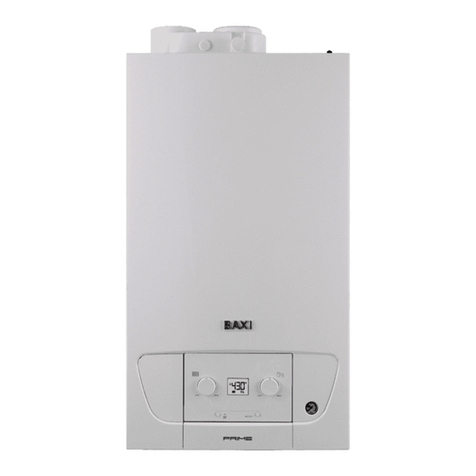Lennox GSB8-E User manual
Other Lennox Boiler manuals
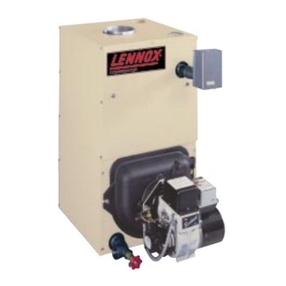
Lennox
Lennox COWB2 User manual
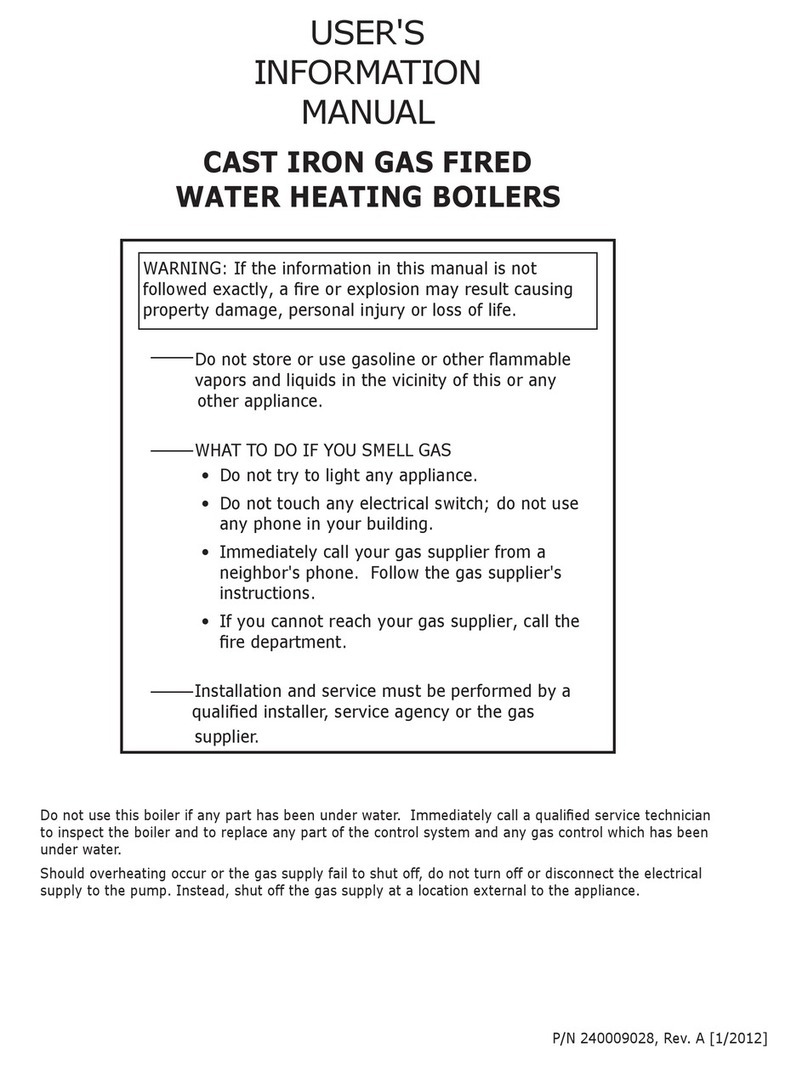
Lennox
Lennox GWB8-E Guide

Lennox
Lennox GWB84-060E User manual
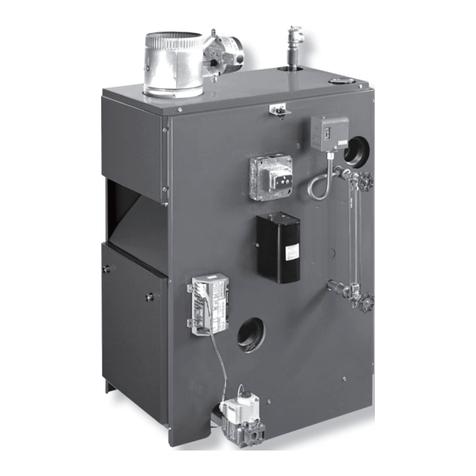
Lennox
Lennox GSB8-E User manual
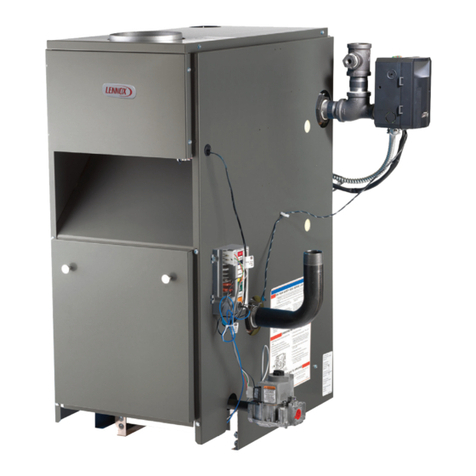
Lennox
Lennox GWB84-262E User manual
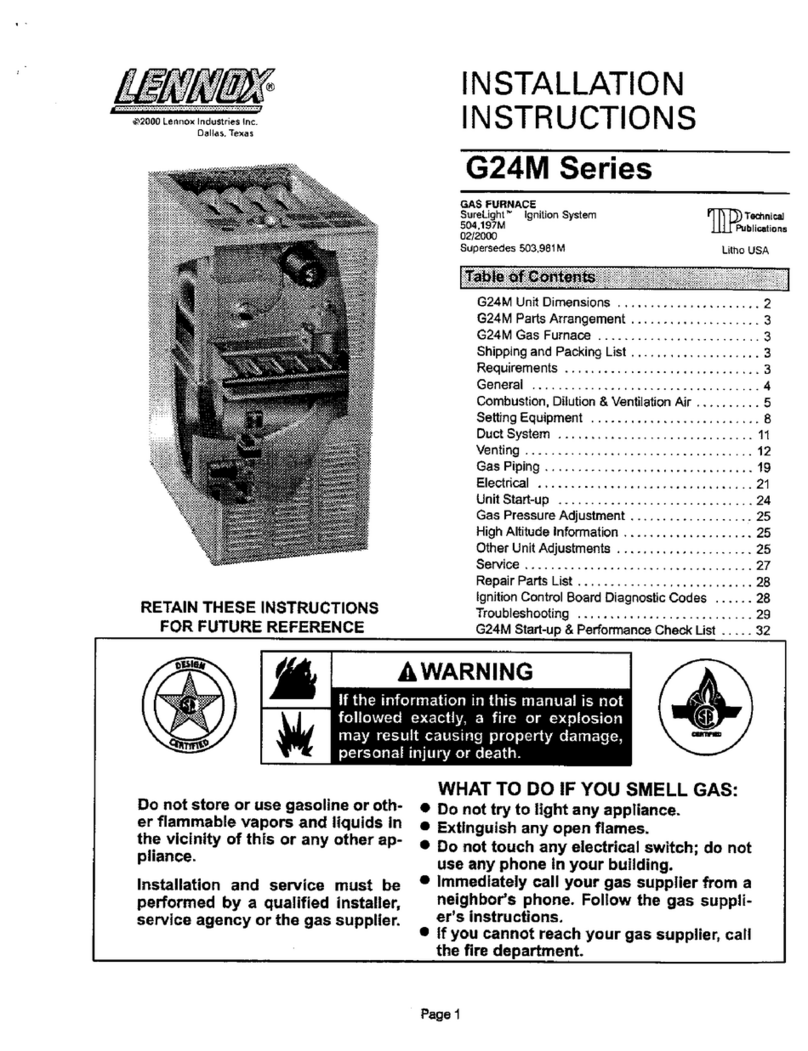
Lennox
Lennox G24M SERIES User manual
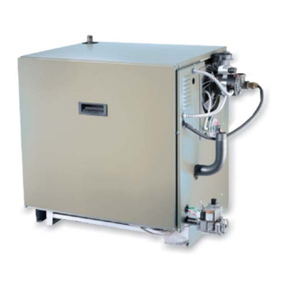
Lennox
Lennox GWB8-042IE-2 User manual
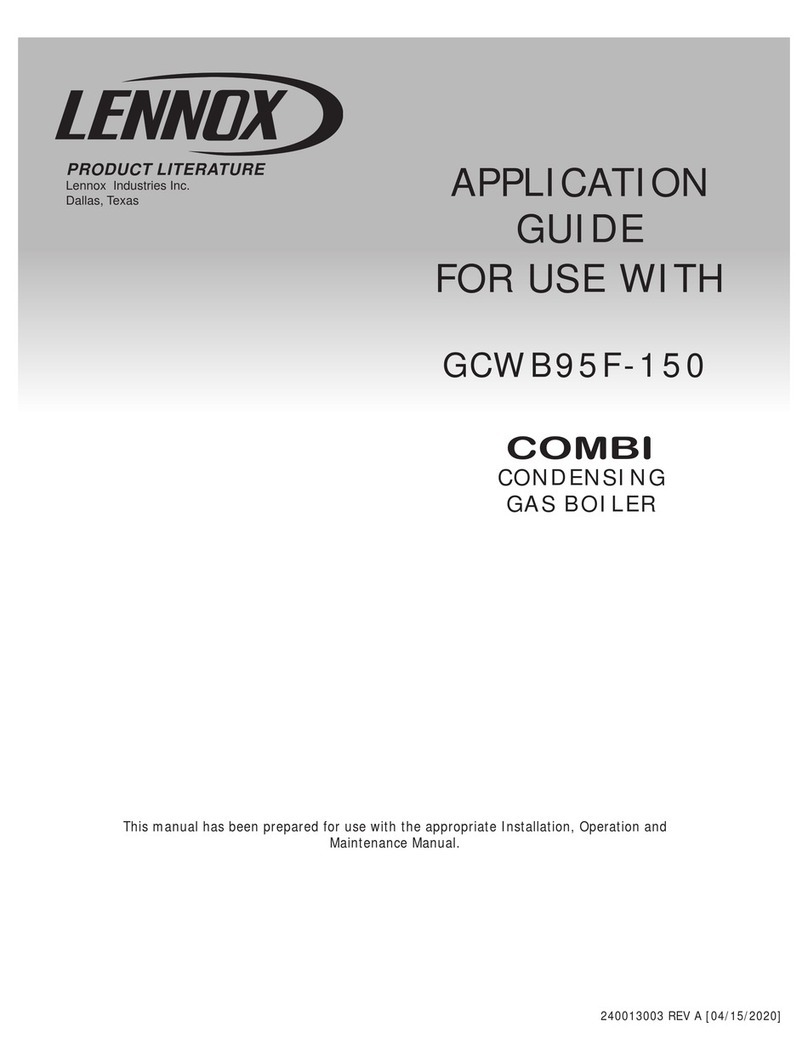
Lennox
Lennox GCWB95F-150 User guide

Lennox
Lennox GCWB95F-150 User manual

Lennox
Lennox GSB8-E User manual

Lennox
Lennox GCWB95W-150 User guide
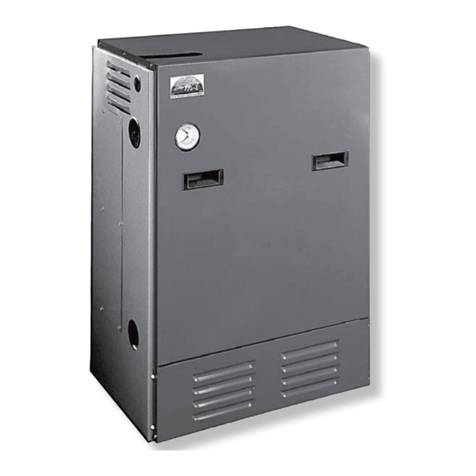
Lennox
Lennox GWB9 User manual

Lennox
Lennox MGC Series Instruction manual
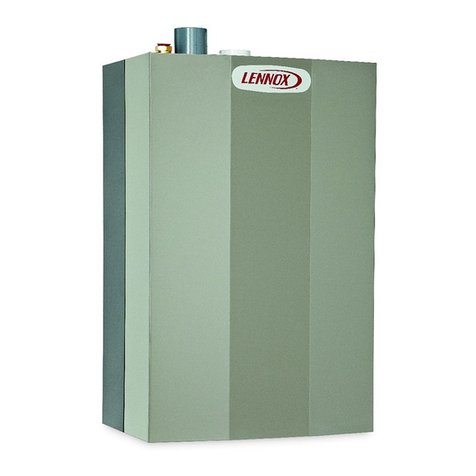
Lennox
Lennox GWM-050IE User manual

Lennox
Lennox GCWB95W-150 Guide

Lennox
Lennox GWM-050IE User manual
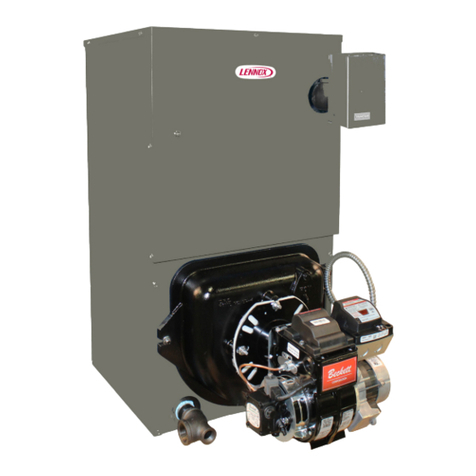
Lennox
Lennox OWB86-4D User manual

Lennox
Lennox COWB3 User manual

Lennox
Lennox GWB9-050IH-3 User manual
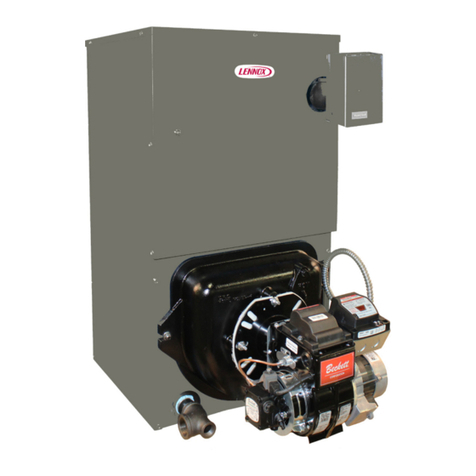
Lennox
Lennox OWB86-3 User manual
Popular Boiler manuals by other brands
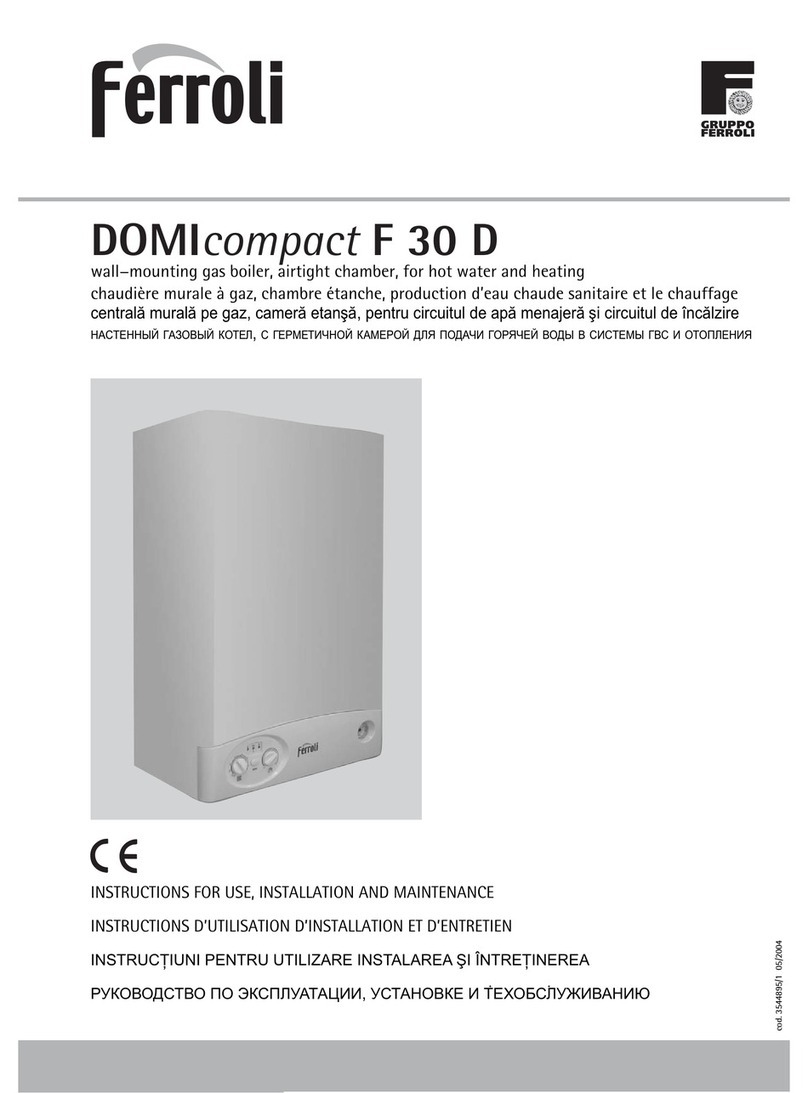
Ferroli
Ferroli DOMIcompact F 30 D null
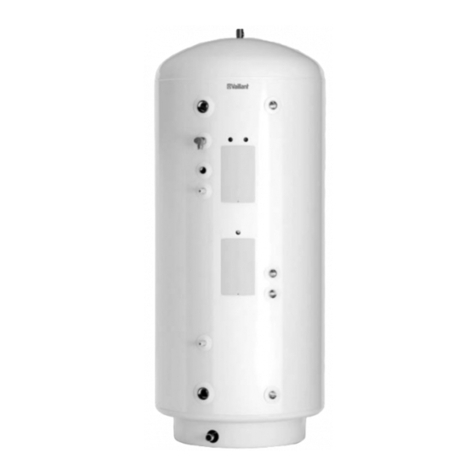
Vaillant
Vaillant uniSTOR VIH SW GB 500 BES operating instructions
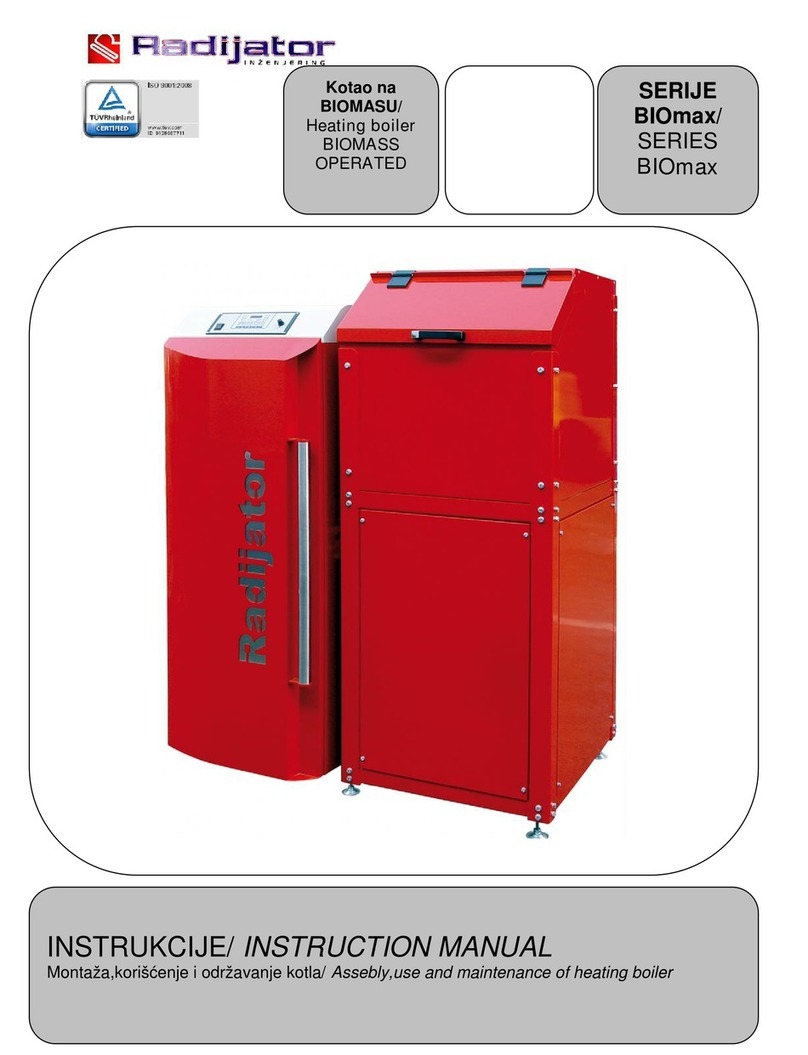
Radijator
Radijator BIO max 23.1 instruction manual
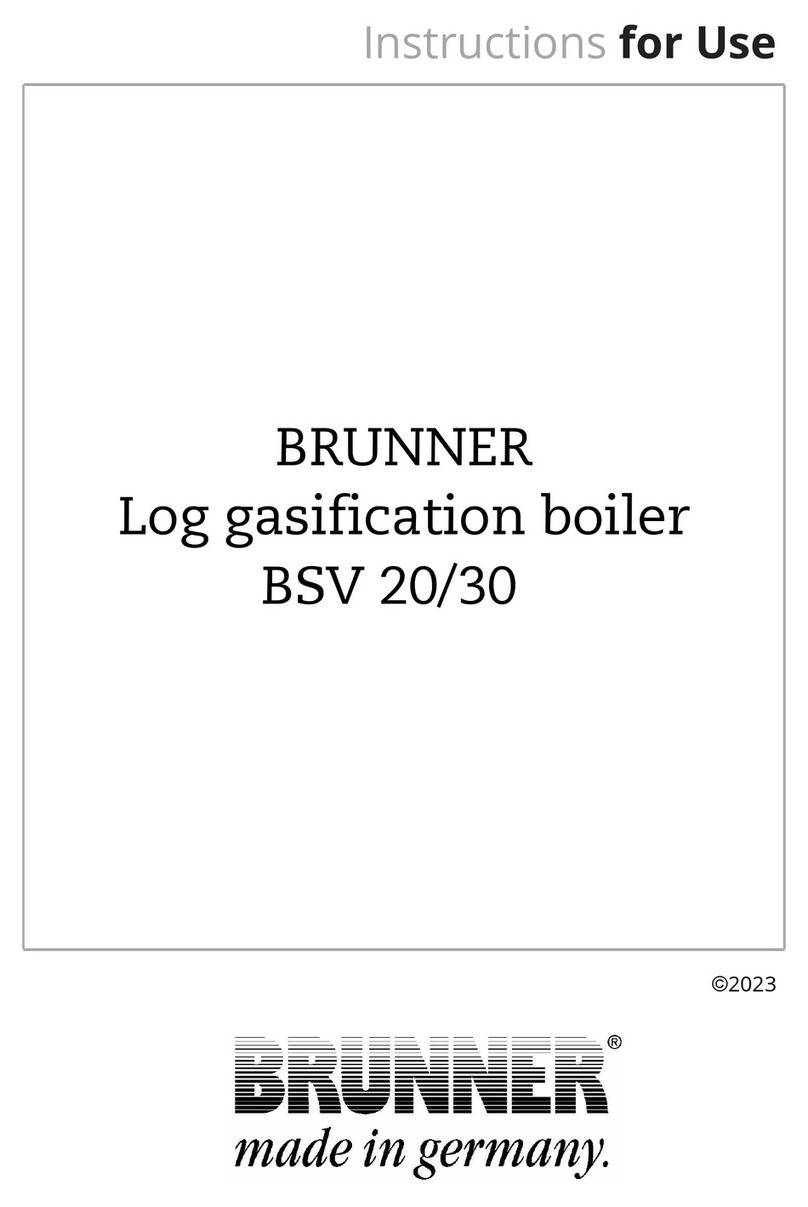
Brunner
Brunner BSV 20 Instructions for use
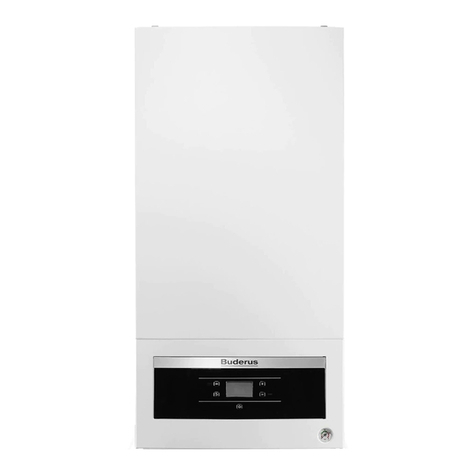
Buderus
Buderus Logamax GB062-24 KDE H V2 Service manual

Potterton
Potterton 50e Installation and Servicing Manual
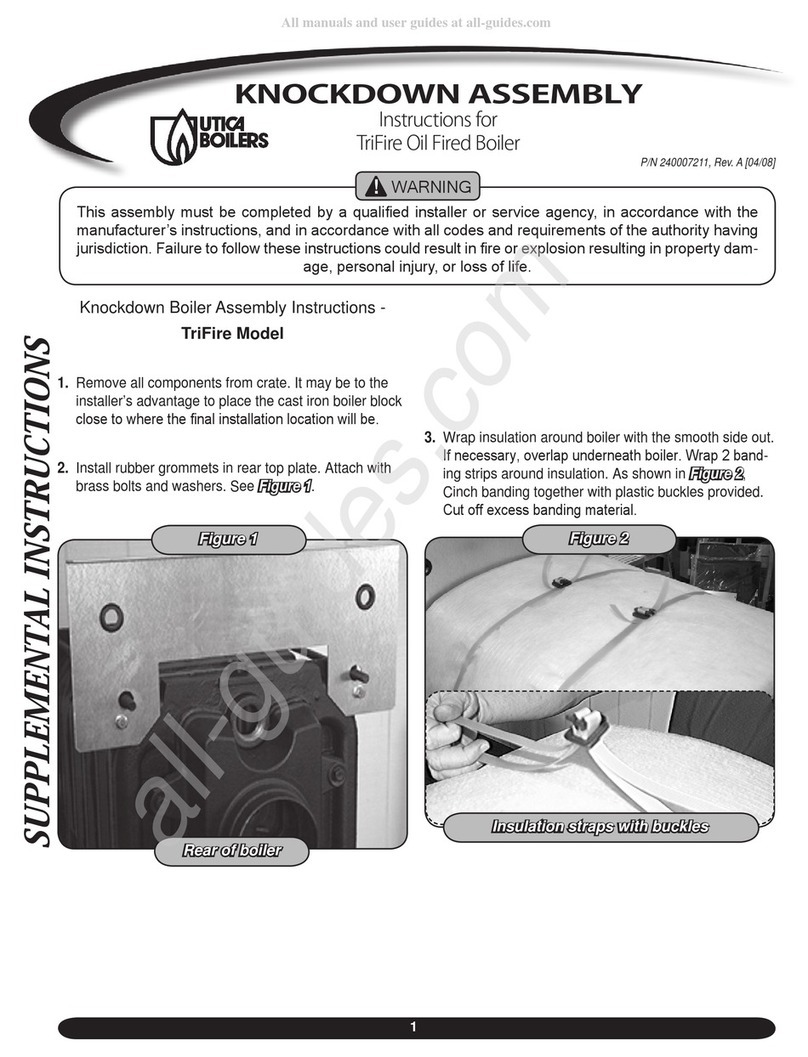
UTICA BOILERS
UTICA BOILERS TriFire Assembly instructions
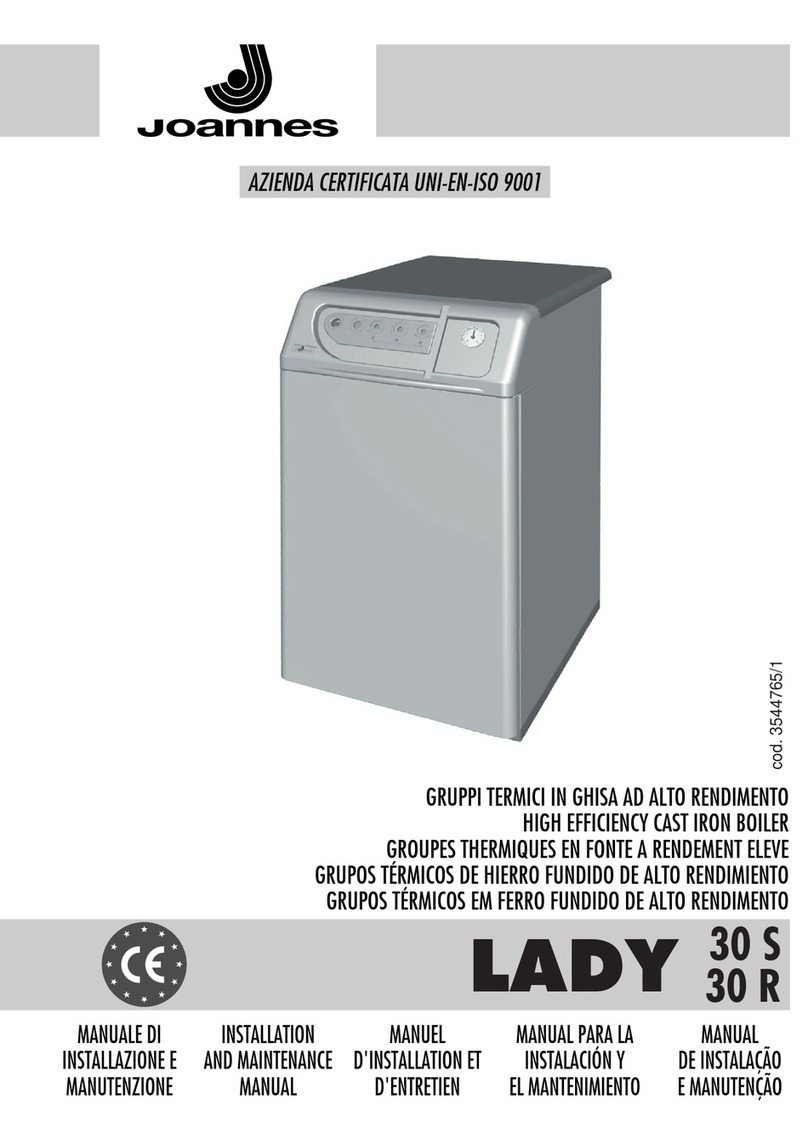
Joannes
Joannes LADY Series Installation and maintenance manual

ECR International
ECR International UB90-125 Installation, operation & maintenance manual
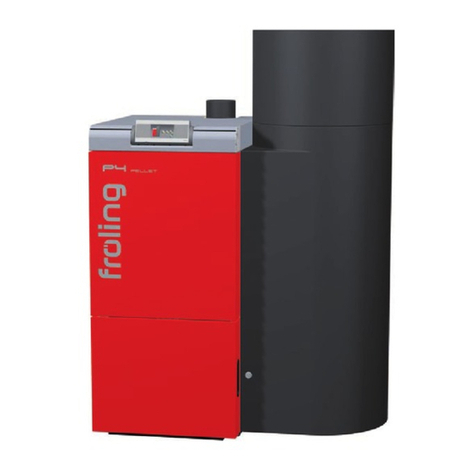
Froling
Froling P4 Pellet 8 - 105 installation instructions
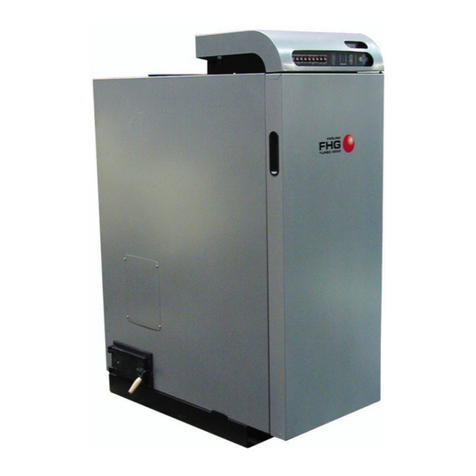
Froling
Froling FHG Turbo 3000 operating instructions

U.S. Boiler Company
U.S. Boiler Company K2 operating instructions
